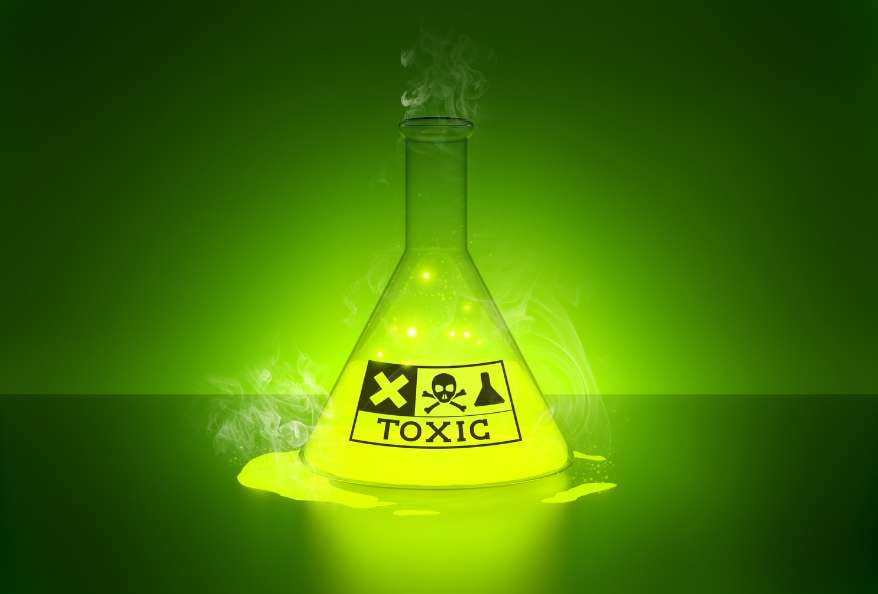ECL Device Detects Toxic Chemicals in Water Using Flowing Energy
Scientists in Japan created a self-powered analytical device that can spot toxic amines in water using a process called electrochemiluminescence (ECL). Electrochemiluminescence (ECL) is a method that creates light through chemical reactions triggered by electrical energy. Normally, ECL devices need electric power and specialized tools like a potentiostat to operate. However, scientists recently designed a new ECL microfluidic device that works without any external electricity by using something called streaming potential.
Streaming potential happens when an electrolytic liquid flows through tiny channels with charged walls under pressure. This flow builds up an electrical voltage naturally, creating enough power—up to 2 or 3 volts—to drive the ECL light-generating reaction on its own. This clever use of physics means the device can function without bulky equipment, making it cheaper and easier to use.
The Design of the Device
The device uses two chambers connected by a special tube filled with materials like cotton wool or a phenolic resin monolith. Each chamber holds a platinum wire acting as an electrode in this system called bipolar electrochemistry. When the solution flows through the tube under pressure, it creates a streaming potential difference between electrodes, which powers chemical reactions that produce light.
The Science Behind It
The amount of streaming potential depends on factors like how fast the liquid flows, what material fills the channel, and the properties of the solution. Scientists found that using resin monolith fillers produces higher voltages efficiently due to their structure and chemical properties, making them better for powering ECL reactions.
Toxic Amines and Their Dangers
Amines, including TPrA, are used widely in factories and industries but are known to be harmful. They can cause genetic mutations and even trigger cancer development in humans. Detecting these chemicals early is critical for protecting public health, especially where pollution levels rise and traditional equipment is unavailable or costly.
Applications and Advantages of This New Technique
This innovative method allows ECL detection without electricity or expensive equipment. Thus, ideal for portable sensing devices in environmental monitoring and healthcare diagnostics.
Sensing Environmental Pollutants
This device is especially useful for detecting amines, chemicals important both in biology and as pollutants harmful to humans. Thanks to its sensitivity and low cost, it could allow quick field testing of water or air samples.
The Benefits of This New Technology for Water Safety
This technology is especially useful because it is portable, low-cost, and yet powerful enough to detect very small amounts of amines—down to 0.01 millimolar concentration. It provides results fast because the light signal appears immediately when polluted water flows through.
Easily Used Anywhere Without Power Supply
The best part about this system is that it doesn’t need batteries or electricity from outlets. Since it uses energy harvested from moving liquids—like river water—it can work anywhere. Including remote locations or emergencies where access to power is limited or impossible.
The Future of Portable Electrochemical Sensors
Because it eliminates bulky instruments like potentiostats, this setup points toward developing fast and inexpensive sensors usable anywhere. Even where power sources are unavailable. Integration with smartphones or paper-based microfluidic systems could bring real-time analytical tools directly into users’ hands.
Additionally, to stay updated with the latest developments in STEM research, visit ENTECH Online. Basically, this is our digital magazine for science, technology, engineering, and mathematics. Furthermore, at ENTECH Online, you’ll find a wealth of information.
Reference
- Suzuki, R., Iwai, S., Kirino, R., Sato, K., Konishi, M., Hasegawa, G., Ishizuka, N., Matsukawa, K., Tanaka, K., Villani, E., & Inagi, S. (2025). An electrochemiluminescence device powered by streaming potential for the detection of amines in flowing solution. Nature Communications, 16(1). https://doi.org/10.1038/s41467-025-63548-2






